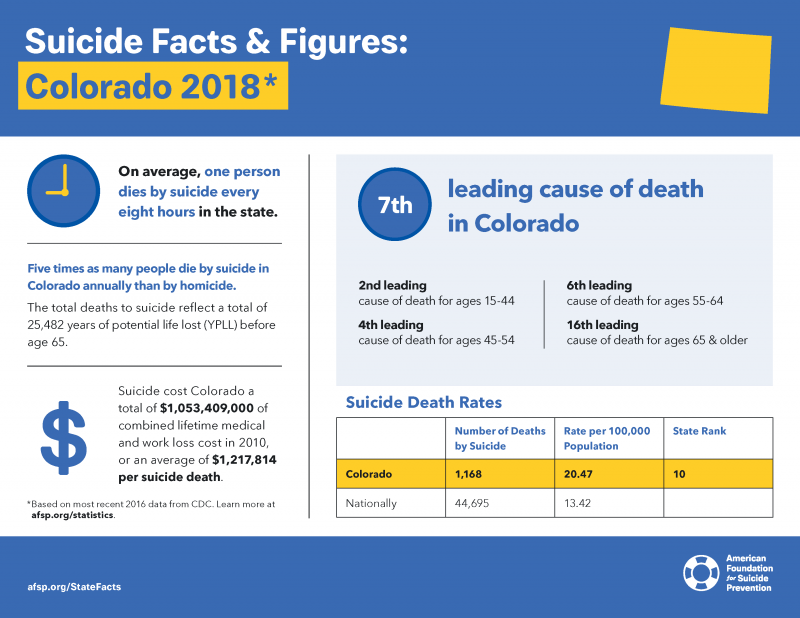According to the Centers for Disease Control and Prevention, suicide rates increased 25 percent nationally from 1999 to 2016, with rates rising in nearly every state.
Stories of suicide now permeate our daily lives– not just on the national news, but also in our hometowns and local communities and are increasing in frequency.
With this in mind, many people ask us what they can do and how they can help.
What Can I Do?
To help those who are hurting around you, it is essential that you know the 12 warning signs of suicide, learn how to respond, and know where you can go for help. According to the CDC, here are the 12 Suicide Warning Signs.
The 12 Suicide Warning Signs
- Feeling like a burden
- Being isolated
- Increased anxiety
- Feeling trapped or in unbearable pain
- Increased substance use
- Looking for a way to access lethal means
- Increased anger or rage
- Extreme mood swings
- Expressing hopelessness
- Sleeping too little or too much
- Talking or posting about wanting to die
- Making plans for suicide
In addition to these signs, factors contributing to suicide include relationship problems, a crisis in the past or upcoming two weeks, problematic substance abuse, physical health problems, job or financial problems, criminal or legal problems, and loss of housing.
If someone is exhibiting these signs, pay attention and take it seriously. Too often I have seen parents and loved ones downplay suicidal ideation, commenting that someone was just “trying to get attention.”
When someone shows signs of suicide, take it seriously.
How to Respond
When you notice that someone is displaying some of the signs listed above, here are some practical steps that you can take:
- Talk about it. Ask someone you are worried about if they’re thinking about suicide. It can be a scary topic to talk about, but bringing the conversation out in the open is much better than keeping it hidden.
- Do what you can to keep them safe. Reduce access to lethal means for those at risk. Safely store medications, firearms, knives, or other weapons to reduce access.
- Be there. Spend time with them. Listen to how they feel and what they need. Don’t try to fix them or tell them it will be ok. Don’t tell them other people have it worse or that they have a lot of reasons to be happy. Just listen.
- Encourage social activities. Offer activities that bring people together so they feel connected and not alone.
- Point them in the right direction. Help them connect with ongoing support like a counselor or the Lifeline (1-800-273-8255).
- Follow up to see how they’re doing. Just because you had one talk doesn’t mean the conversation is over. Circle back and check up on them after a period of time.
Where to Go for Help
If you or someone you know is having thoughts of suicide, please get help immediately. You can call the National Suicide Prevention Lifeline at 1-800-273-8255 (TALK) or go to the National Suicide Prevention Lifeline’s website.
You should also seek professional help with a licensed counselor of psychologist. When someone is considering suicide, it is time to seek professional help. Counselors and therapists can help teach coping and problem-solving skills to help people manage challenges with their relationships, jobs, health, or other concerns.
It’s important to remember that someone who is struggling with suicidal thoughts may have a hard time telling you what they’re feeling. Knowing these signs, watching for them, and reaching out when you notice them may save someone’s life. Don’t hesitate to ask if someone is okay, how they’re doing, or take them to coffee/lunch/dinner and show that you care.






